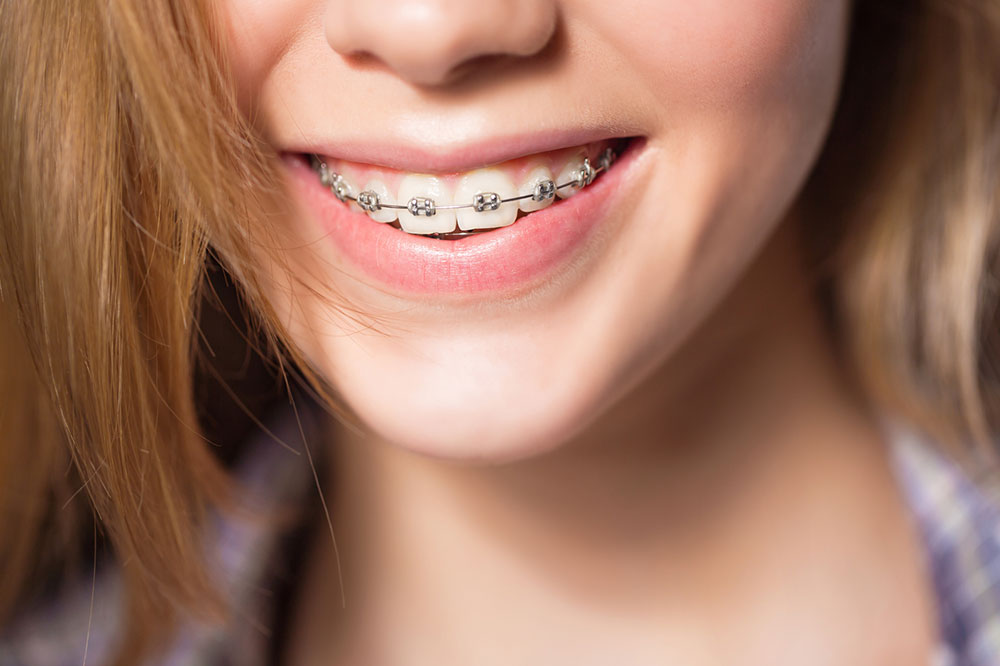Comprehensive Guide to Correcting a Deep Bite: Causes, Treatments, and Long-term Solutions
Discover comprehensive strategies for correcting a deep bite, including causes, treatment options for children and adults, and long-term maintenance tips. Early intervention can prevent serious dental issues and enhance facial aesthetics, ensuring better oral health and increased confidence. Learn about orthodontic appliances, surgical options, and the importance of professional guidance in achieving optimal results for this common malocclusion.

Deep Dive into Deep Bites: Understanding Causes and Effective Correction Strategies
A deep bite, commonly referred to as an overbite, is a dental condition characterized by the upper front teeth significantly overlapping the lower teeth. In severe cases, the upper teeth may cover 30% to 50% of the lower teeth, which can influence not only dental health but also facial appearance. Deep bites are a specific type of malocclusion—a misalignment of the teeth and jaws—that can appear in vertical or horizontal forms. Gaining a thorough understanding of deep bites, including their causes, implications, and the most effective treatment options, is essential for maintaining optimal oral health and enhancing facial aesthetics.
Why Addressing a Deep Bite Is Crucial
Many people underestimate the significance of treating a deep bite, often ignoring associated symptoms. However, leaving the condition uncorrected can result in a multitude of dental problems and functional issues. Over time, a deep bite can lead to irreversible damage, significantly impacting an individual’s quality of life. Early intervention is key to preventing further complications and preserving dental integrity.
Untreated deep bites can give rise to various health concerns, including:
Progressive tooth decay and enamel erosion due to abnormal wear patterns
Gum infections caused by difficulty in maintaining oral hygiene
Chronic jaw pain and persistent headaches associated with temporomandibular joint (TMJ) disorders
Impaired chewing abilities, making eating difficult and less enjoyable
Limited mouth opening and closing, affecting speech and daily activities
Risk of developing sleep apnea due to compromised airway space
Speech difficulties, such as lisping or unclear pronunciation
Furthermore, prominent deep bites can distort facial proportions, leading to aesthetic concerns that might cause low self-esteem, especially in children and adolescents. These early self-image issues can sometimes attract peer bullying, making timely treatment even more important.
Effective Methods for Correcting a Deep Bite
Correction of a deep bite generally requires professional orthodontic intervention. The approach varies based on the patient's age, severity of the condition, and underlying skeletal factors. Children and teenagers often respond better because their jaws are still developing, allowing for growth modification techniques. Adults, however, can also achieve successful results, although treatment may involve more complex procedures such as orthodontics combined with surgical correction.
Initial assessment involves detailed diagnostics, including X-rays and 3D imaging, to understand the specific type of deep bite and the relationship between the upper and lower jaws. This critical information guides the customization of treatment plans aimed at correcting both dental alignment and skeletal malformations.
Treatments for Children and Teenagers
Early intervention: Removing baby teeth to facilitate the proper eruption of permanent teeth
Growth modification devices: Utilizing appliances such as palate expanders or mandibular growth steerers to guide jaw development towards a more functional position
Orthodontic braces: Applying controlled forces to align teeth and correct bite discrepancies gradually
Retainers: Maintaining the improvements attained through braces and ensuring stability post-treatment
Correction Strategies for Adults
Traditional braces: Metal or ceramic appliances to move teeth into proper position
Clear aligners: Removable, discreet trays like Invisalign that provide effective correction without noticeable hardware
Tooth extractions: Removing specific teeth if overcrowding or skeletal discrepancies need addressing
Surgical options: Orthognathic surgery to reposition jawbones, especially when skeletal abnormalities cause deep bites
Adult treatment options often involve a combination of orthodontics and surgical procedures to achieve the desired results. Surgical intervention is particularly beneficial when structural skeletal issues prevent correction through orthodontics alone.
Prolonged Care and Long-term Results
Achieving a successful correction of a deep bite is only part of the process. Follow-up care, including wearing retainers and regular dental checkups, plays a vital role in maintaining results. Patients may need to undergo periodic evaluations to monitor stability and address any emerging issues promptly.
In conclusion, addressing a deep bite comprehensively involves understanding its causes, recognizing the importance of early treatment, and choosing the appropriate correction methods tailored to each patient's age and needs. With proper intervention, individuals can enjoy improved dental health, enhanced facial appearance, and increased confidence—a payoff that underscores the value of seeking professional dental care for this common yet impactful malocclusion.





